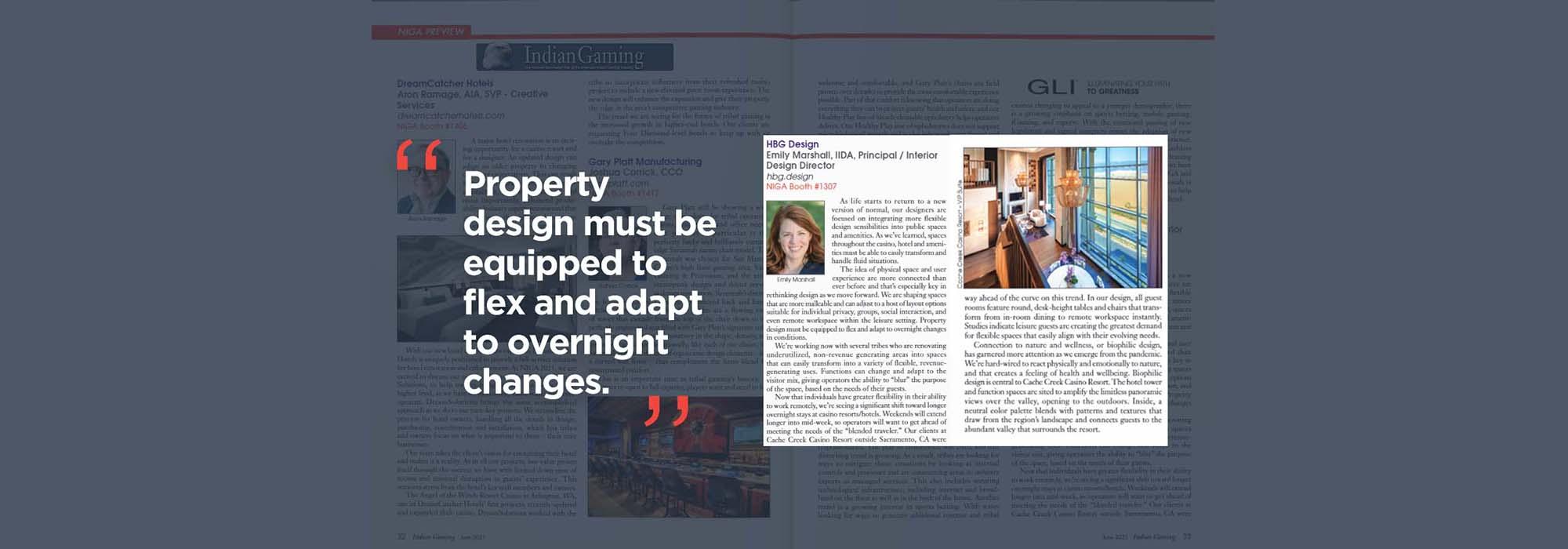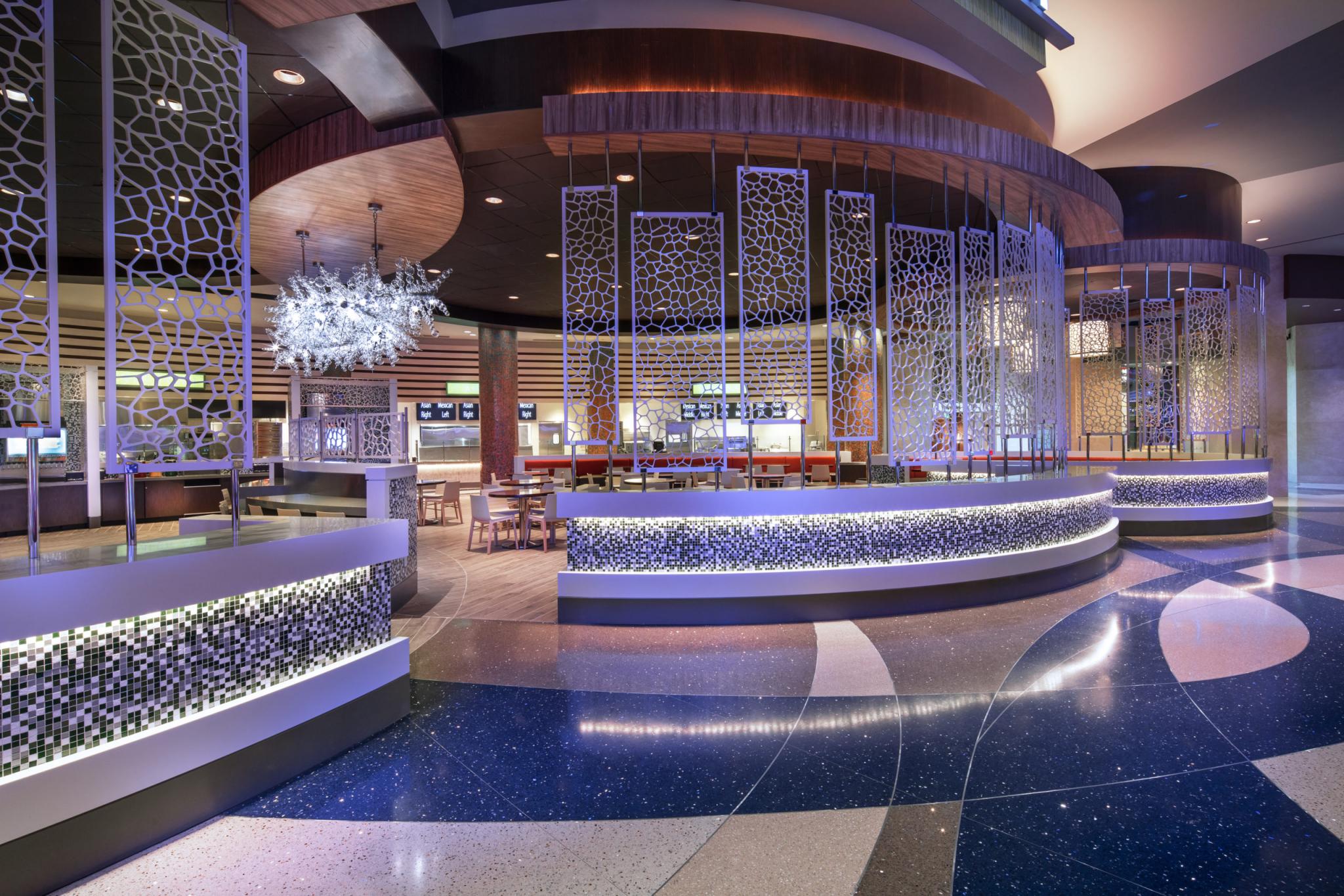HBG Designers Share Post COVID Design Solutions
https://www.indiangaming.com/magazine/#flipbook-df_6153/33/
See full article in Indian Gaming Magazine
As life starts to return to a new version of normal, our designers are focused on integrating more flexible design sensibilities into public spaces and amenities. As we’ve learned, spaces throughout the casino, hotel and amenities must be able to easily transform and handle fluid situations.
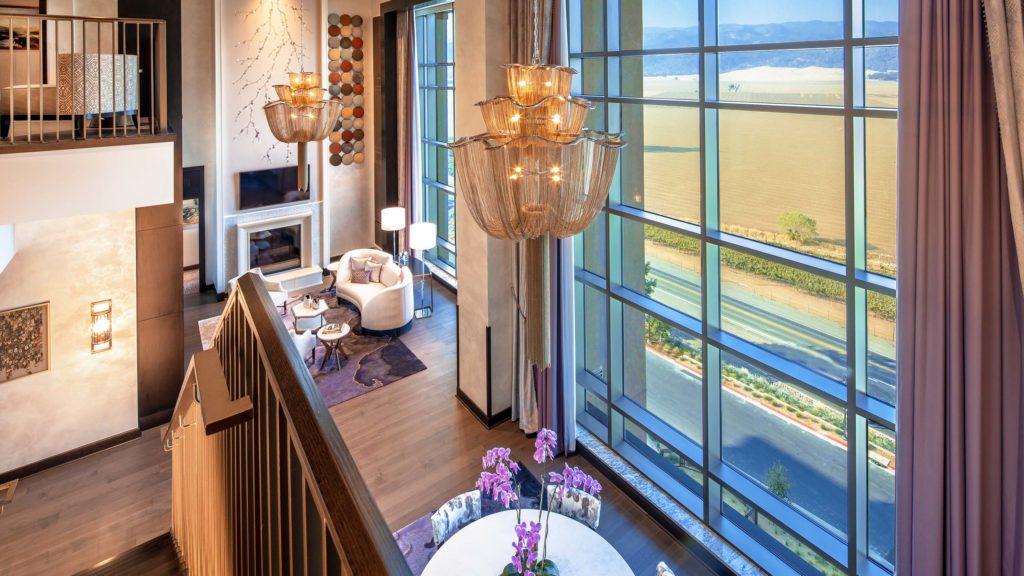
The idea of physical space and user experience are more connected than ever before and that’s especially key in rethinking design as we move forward. We are shaping spaces that are more malleable and can adjust to a host of layout options suitable for induvial privacy, groups, social interaction, and even remote workspace within the leisure setting. Property design must be equipped to flex and adapt to overnight changes in conditions.
We’re working now with several tribes who are renovating underutilized, non-revenue generating areas into spaces that can easily transform into a variety of flexible, revenue-generating uses. Functions can change and adapt to the visitor mix, giving operators the ability to “blur” the purpose of the space, based on the needs of their guests.
Now that individuals have greater flexibility in their ability to work remotely, we’re seeing a significant shift toward longer overnight stays at the casino resorts/hotels. Weekends will extend longer into mid-week, so operators will want to get ahead of meeting the needs of the “blended traveler.” Our clients at Cache Creek Casino Resort outside Sacramento, CA were way ahead of the curve on this trend. In our design, all guestrooms feature round, desk-height tables and chairs that transform from in-room dining to remote workspace instantly. Studios indicate leisure guests are creating the greatest demand for flexible spaces that easily align with their evolving needs.
Connection to nature and wellness, or biophilic design, has garnered more attention as we emerge from the pandemic. We’re hard-wired to react physically and emotionally to nature, and that creates a feeling of health and wellbeing. Biophilic design is central to Cache Creek Casino Resort. The hotel tower and function spaces are sited to amplify the limitless panoramic views over the valley, opening to the outdoors. Inside, a neutral color palette blends with patterns and textures that draw from the region’s landscape and connects guests to the abundant valley that surrounds the resort.
Dining Design Post-COVID - Why Flexibility is Key
See full article on Post-COVID dining design in Memphis Business Journal
When Brice Bailey, the owner of the Staks restaurants in East Memphis and in Germantown, reopened after the pandemic-induced shutdown of March 2020, he had to make some changes.
“When we reopened, we added barriers in between all the booths. They were required to exceed more than a foot above the head of the person eating,” Bailey said. “We took away all condiments from the table. We put circles down on the floor, asking people to stay six feet apart when they were in line.”
He also took out tables, and spaced those that remained at least 10 feet apart, rather than the six feet that was mandated at the time by the Shelby County Health Department.
Such design alterations were the norm for restaurateurs looking to follow the rules put down by the health department and to ease a COVID-rattled customer base.
Planning for the future
When the third and latest Staks restaurant opens at Silo Square in Southaven, it will have one feature that perfectly sums up the times: The outdoor seating will outnumber the indoor seating.
Bailey said he was being proactive when it comes to the design of the new restaurant.
“We’re definitely designing it in case we have to go back into some sort of lockdown,” he said.
Design tweaks include a larger kitchen to accommodate third-party orders and more generous spacing in the main dining room so that pick-up orders don’t disturb the flow.
Graham Reese of Memphis-based Graham Reese Design Group said one of his biggest pandemic-times design concerns revolves around surfaces — be it the floors, wall treatments, or furniture. For this, he’s turned to easily cleanable vinyls rather than textiles.
Another consideration is spacing. Reese said furniture needs to be moveable. Shared booths are out, though detachable booths are in.
“They’re planning for now,” Reese said of the restaurateurs he works with, “but they’re also planning for the future.”
One issue Reese has run into is trouble accessing materials. He said the U.S.’s poor relationship with China is to blame.
“For instance, I had a project somewhat recently where we had things specified. A lot of the pieces — the furniture frames and stuff — were made in China. Well, you can’t do that anymore. The lead times, to this day, are still pretty outrageous. There are shortages on materials and goods.”
To rectify this, Reese has gone to U.S. manufacturers.
Ultimately, Reese said, restaurants are about the food.
“The key is: One, it has to be the food. Second of all, the design should overlap and play a big part of that food that is served,” he said. “You can’t really do anything right now about [the pandemic], but you can make [the restaurant design] visually appealing.”
Being flexible
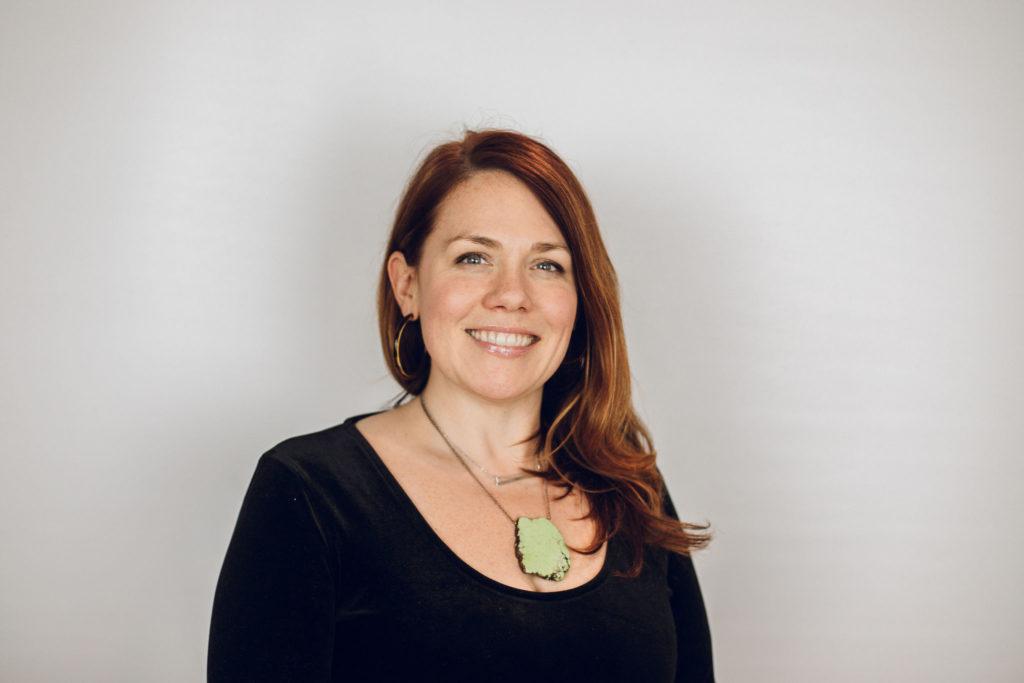

Emily Marshall is interior design director at HBG Design. The company — which has offices in Memphis, San Diego, and Dallas — specializes in hospitality projects. Marshall has worked on the Hard Rock in New Orleans and the restaurants at Cache Creek Casino in California.
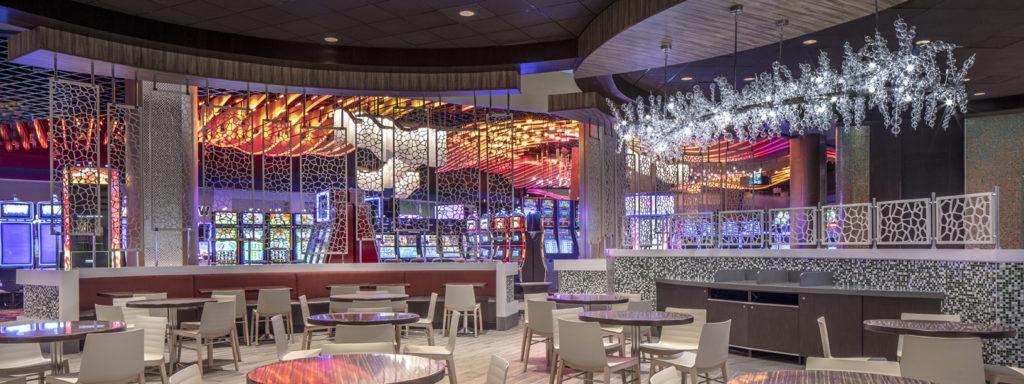

One aspect of restaurant design that has been keeping her busy is what to do with the buffets.
“For the buffets, we’ve explored some concepts where, instead of coming in and paying one price and have going to the buffet line, it’s more that made-to-order situation, more of a food hall kind of design.”
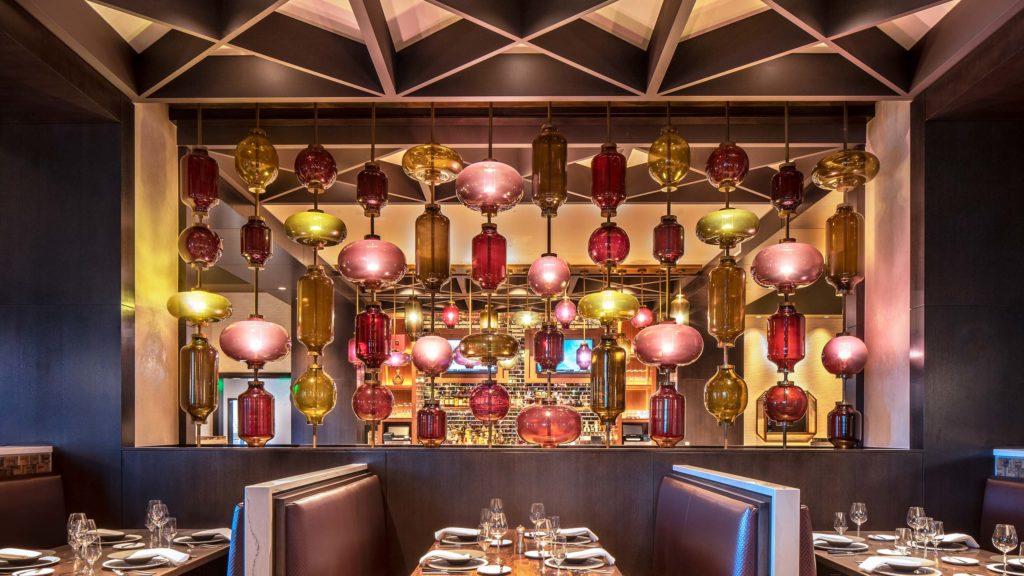

She said a lot of restaurateurs want their spaces to look filled and busy without being filled and busy.
“We’re doing some intuitive space-shaping or space-making,” Marshall said. “We’re doing some interesting design elements like divider walls with plants or divider walls with some type of design element, so it feels like the space is not just empty where the tables used to be.”
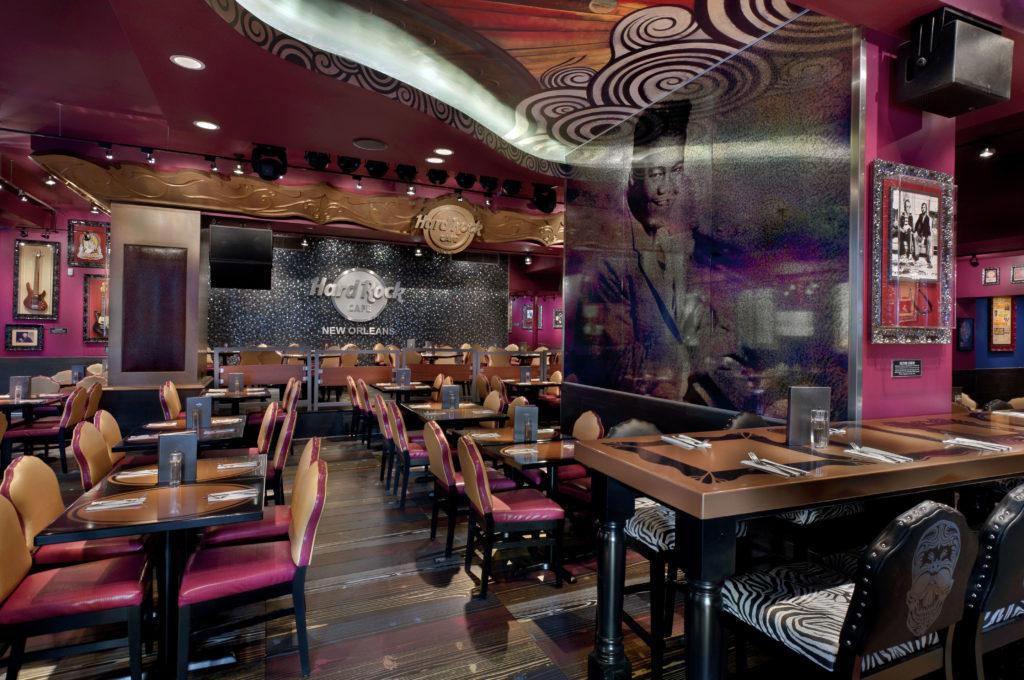

She said some of the restaurateurs she worked with didn’t want to change anything, hoping that the pandemic would pass sooner rather than later.
That’s where flexibility in the design comes in.
“Flexibility really became super key,” Marshall said. “A flexibility that would allow the restaurant to move their space around without us. We did a bunch of layouts on the front end to let them know, this would be max capacity, this would be what you would do now and then, this would be somewhere in between — 100 chairs and 50 chairs, but definitely flexible and lighter.”
She said that, in some cases her firm offered two layouts.
Designer Valentina Shands-Puppione, managing principal for ArchInc, has worked on a number of restaurant projects, including Blue Honey Bistro in Germantown, the Starbucks at Watkins and Union, and McEwen’s.
She said when the pandemic hit, she already had some jobs on the books, and the restaurateurs had a request that was identical to one Marshall heard.
“They [were] asking specifically for a little bit more flexibility,” Shands-Puppione said. “They’re asking for more focus on exterior spaces and more creativity toward the exterior spaces.”
“We used what we had learned through Edge Alley: how to make the parking space comfortable, safe, and not right on the street.”
Much of the work Shands-Puppione is doing involves a bit of forecasting.
“We’re trying to plan for all of it, which is fun,” she said. “We’re trying to plan for restaurants to have the six feet apart now and then get back to normal.
“For example, we’ve got a restaurant that is assuming they’ll have to do a lot of outdoor seating when they first open back up, but eventually they’ll want to be more indoors,” she continued. “We’re focusing a lot of our energy on the outside and have that be a great space. Their current location doesn’t have outdoor seating. This is going to be new for them, but it also gives them a chance to kind of explore that.”
She said restaurateurs want tables that can be moved around to accommodate distance requirements, and that affects other elements of the design.
“We’re not putting light fixtures over spaces that will be detrimental in the future,” she said. “We are not going to locate a big chandelier in the space and then have to move the tables where it would look silly later. We’re working on lighting that can be mobile in the space.”
The best part of the job for Shands-Puppione is figuring out a solution that makes everybody happy.
“I like trying to figure out how to make it work for somebody,” she said. “It’s kind of the puzzle — that’s always fun, and, of course, we love it.”
It’s going to cost you
Restaurateurs and the designers who work with them are dealing with rising costs. Chief among them are labor and materials.
Bailey of Staks estimates he’ll spend almost twice the amount he did on the Southaven location than he did on his most recent restaurant in Germantown. “I just got bids back from contractors today to build the location in Southaven,” he said in March. “The bid for a 2,800-square-foot location in Southaven today came back from the builder who built my Germantown one, which is 3,800 square feet and [was built in] 2018. The cost [for Southaven] is more than double for just as much construction work.”
“No matter where you get it, overseas or domestically, materials, furniture, everything is costing more,” said Marshall of HBG Design.
She said that lately more restaurant design has been borrowing from health care, namely its fabrics.
“Health care design already had these antiviral and antimicrobial materials that have been on the market for a while,” Marshall said. “We’ve seen the connection between health care design and hospitality design because these fabrics that are offering all of this protective barrier and durability are becoming more design-forward.”
These fabrics are more expensive.
“It is a little bit more expensive now. Whereas before you could get away with just a regular vinyl, our clients are now wanting the added protection of the antimicrobial or the bleach cleanable, which does cost a bit more,” Marshall said.
“On top of that, lumber prices are crazy expensive right now,” she added. “So what we’re seeing is a lot of renovations rather than new builds. People are wanting to utilize the space they have.”
Cutting costs is where the creativity comes in.
“Where we would have maybe done a really cool wall covering, we’re now leaning more heavily on our local artists, connecting the dots within our own community to get people to come through with a mural, rather than a wall covering,” Marshall said.
Going with the flow
Jill Hertz of Jill Hertz Interior Design was approached for the South of Beale jobs for a bit of “drive-by design,” she said. Drive-by design is a common enough occurrence. It is a quick consult, involving paint colors and general brain-picking.
The East Memphis space was the first. Hertz said she took a look around and saw that a lot of work was needed, so she gave the owners, Ed and Brittany Cabigao, a proposal. That led to her being hired for the Downtown South of Beale job.
For the East Memphis location, she brightened up the space, adding dashes of yellow. For Downtown, Hertz said she had to make herself not go too overboard on the plaids. The two restaurants aren’t matchy-matchy in design. Instead, they are linked through their branding.
Hertz said a main concern for the Cabigaos was the flow.
“We ended up doing two space plans for tables for both buildings. So, they can move it on an as-needed basis,” she said.
Furniture for the spaces are given great consideration. At one point, a large community table was discussed, but ultimately dismissed. They ordered tables that could be put together or taken apart. There is lounge seating at the Downtown location, but it is designed so patrons can be separated.
For Hertz, pandemic design is not the wave of the future; it is merely a blip.
“The thing about restaurants and bars is that the way that they flourish is through occupancy — high occupancy,” she said. “I really think that once we get a handle on this globally, we’re going to be in a Roaring Twenties situation. People are going to be socializing and partying and gathering all over the place.”

